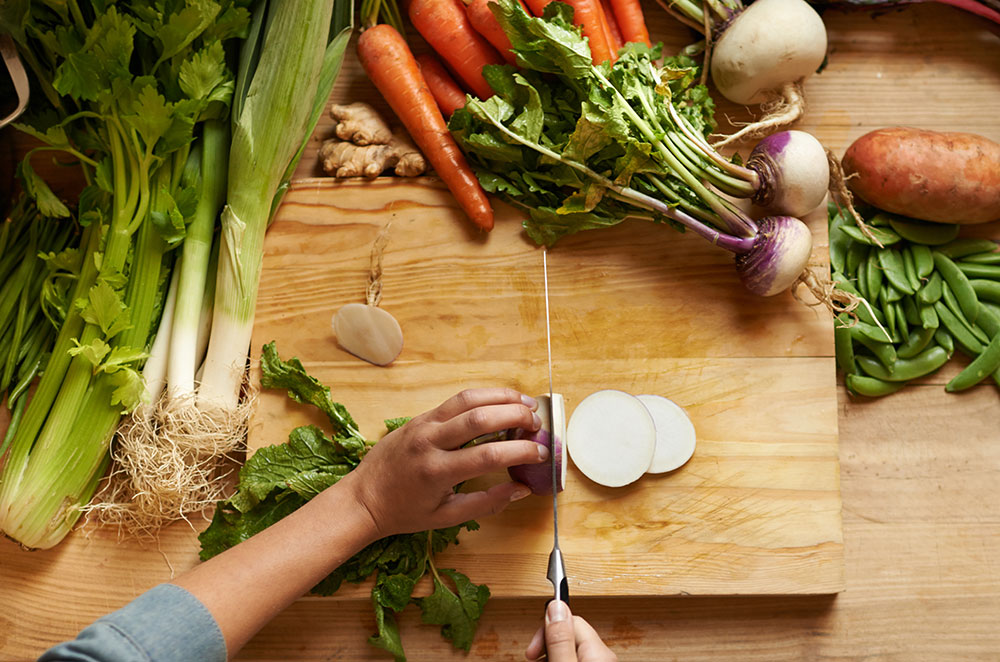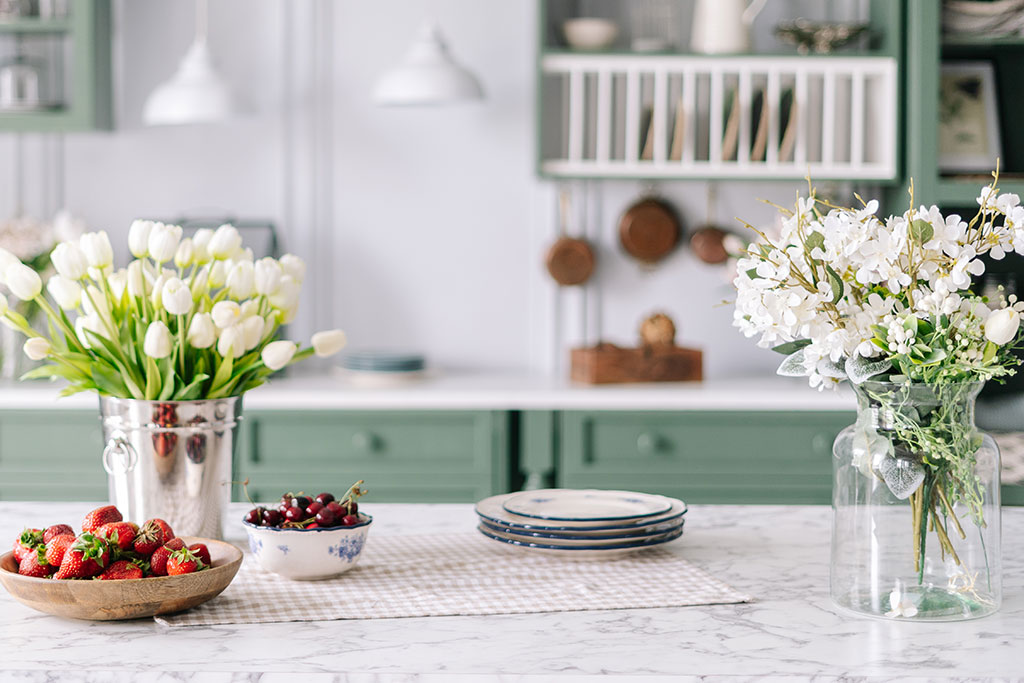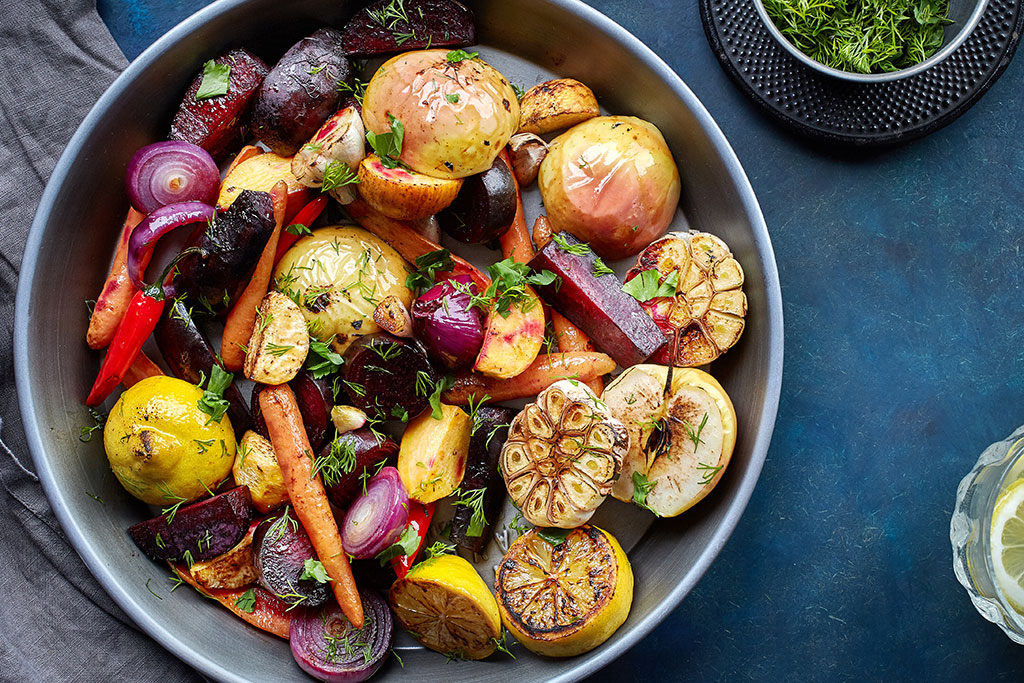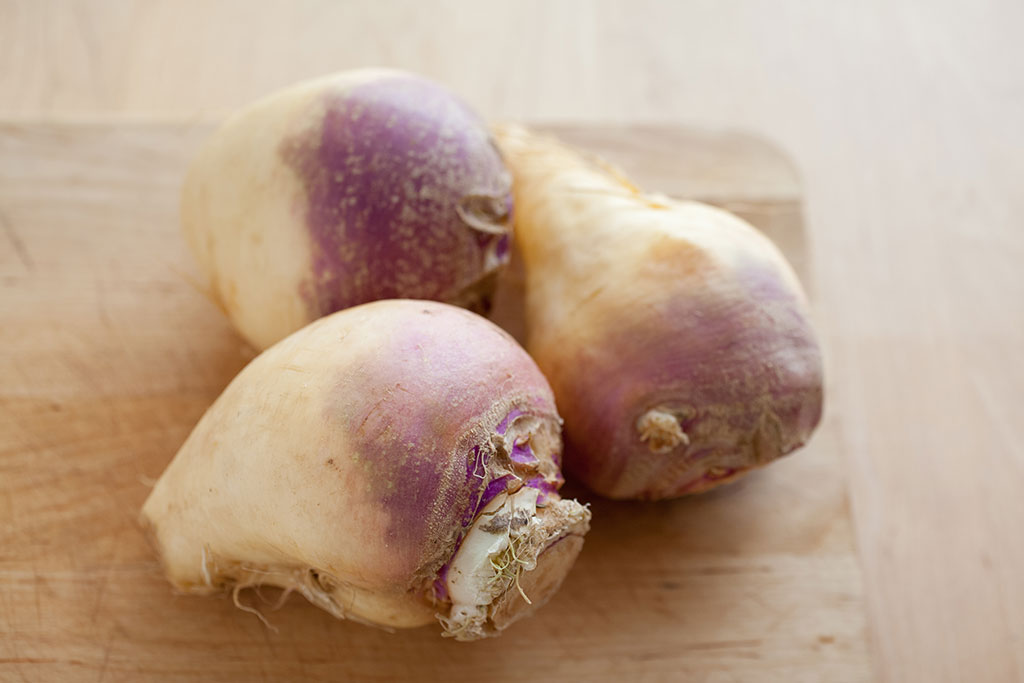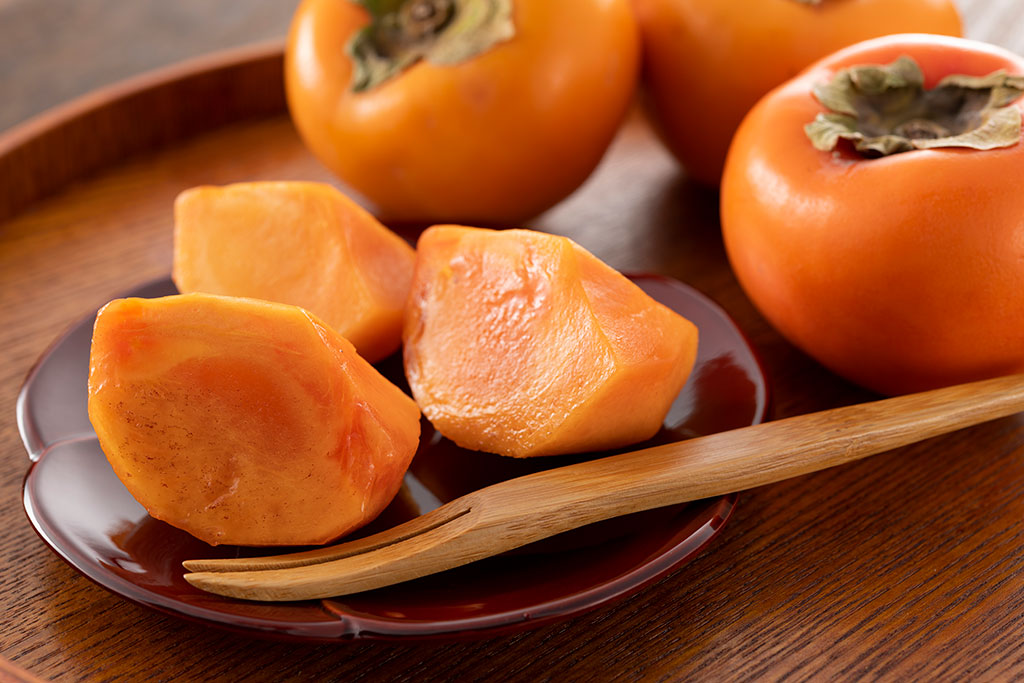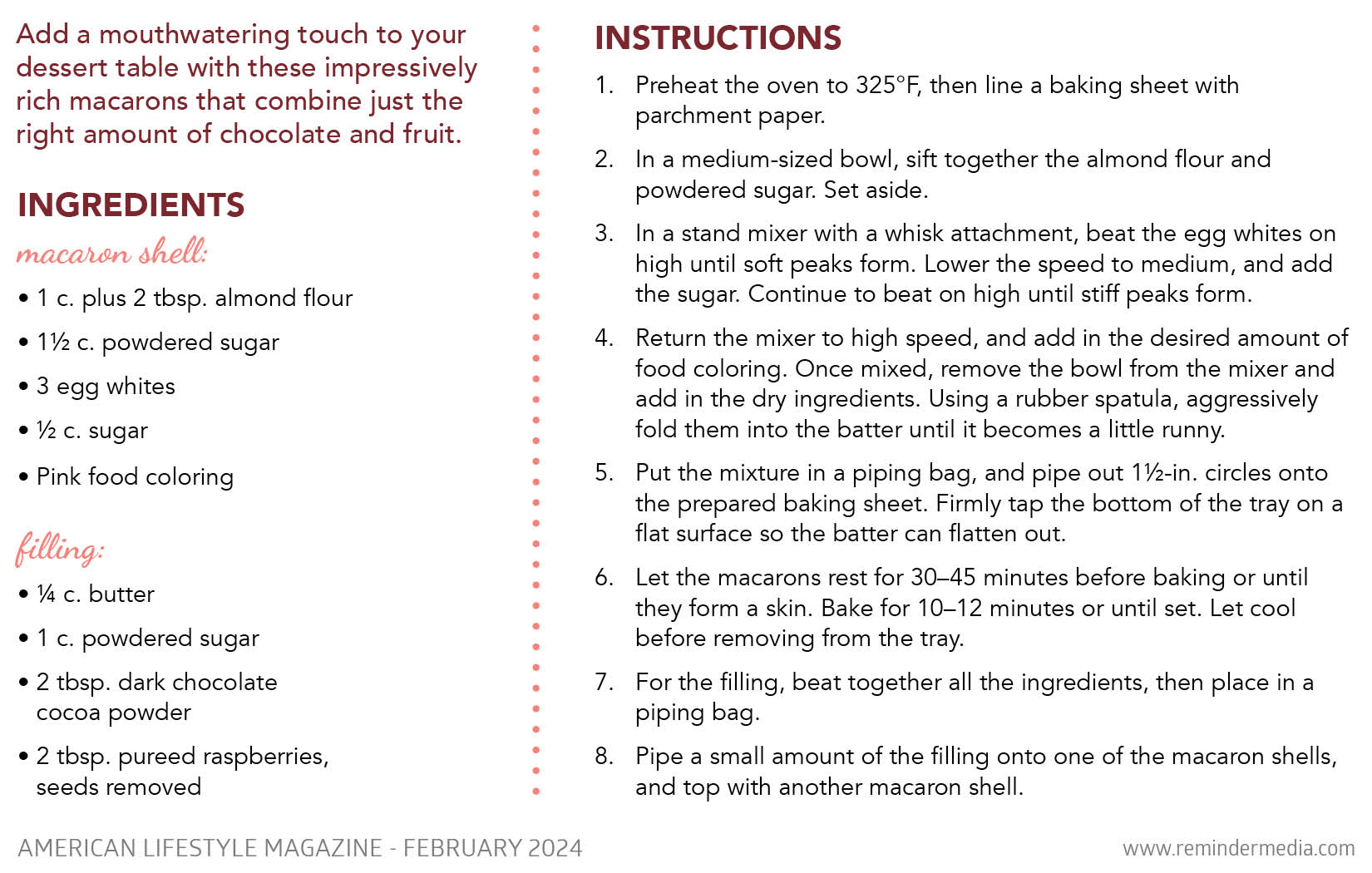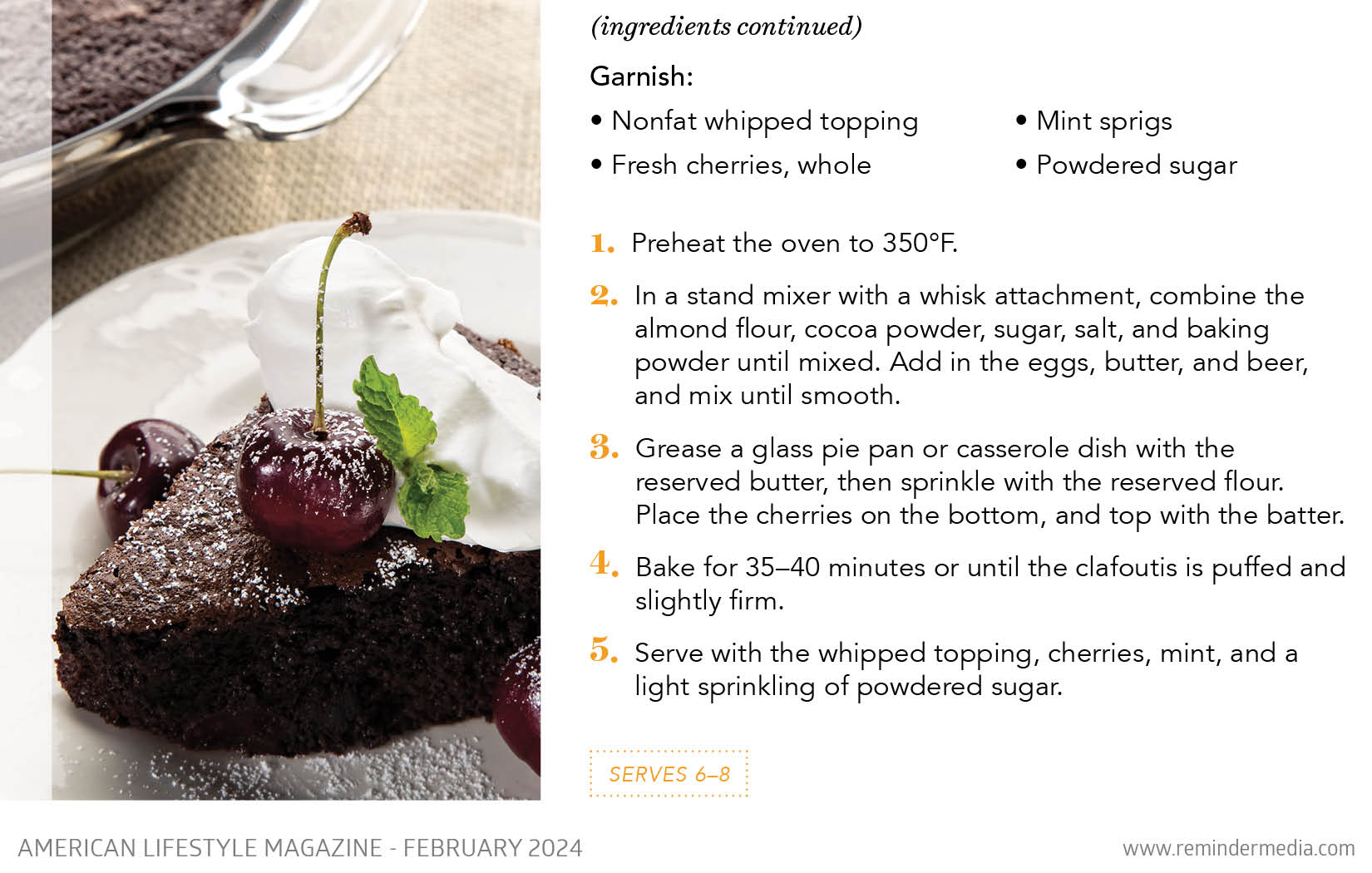Array
(
[0] => Array
(
[item_type] => phone
[content] => Array
(
[label] => Toll Free
[number] => 8774368346
[extension] =>
)
)
[1] => Array
(
[item_type] => email
[content] => Array
(
[label] => Email
[email_address] => Tom@DoveInvestments.com
)
)
[2] => Array
(
[item_type] => website
[content] => Array
(
[label] =>
[value] => DoveInvestments.com
)
)
[3] => Array
(
[item_type] => address
[content] => Array
(
[label] => Office
[addressee] =>
[address1] => 100 Pacifica, Ste 370
[address2] =>
[city] => Irvine
[state] => CA
[zip] => 92618
)
)
)
?>
A rug is more than just a floor covering—it’s an essential design element that can transform a space, add warmth, and define an area within a room. But sifting through the many options available can be equally as daunting as it is exciting. This guide explores the different types of materials and construction methods so you can be better equipped to select the perfect rug for your home.
Wool
Known for its durability, wool is one of the most popular options for area rugs. The material is soft yet easy to clean, so these rugs can be placed in high-traffic areas such as your entryway, living room, and bedroom. However, it’s best to avoid placing one in the kitchen or bathroom since it will absorb the excess humidity in those spaces. Because they’re made from such a high-quality, luxurious material, wool rugs tend to come at a higher price, but they’re often worth the investment since you get a product that will stand the test of time; when properly taken care of, they can last for many generations.
Cotton
Cotton is another common material used in rugs due to its relatively low cost, making it a more economical choice for those shopping on a budget. Plus, these rugs ; some may even be machine washable. On the downside, dyed cotton can fade quickly, so they won’t necessarily last a lifetime. If you’re not looking to make a significant investment or already know you’ll swap it out in a few years, a cotton rug can work well in your kitchen or in less formal areas like a playroom.
Silk
These rugs are the epitome of luxury. Whether it makes up the entire piece or is part of a blend, silk adds a subtle sheen and softness you can’t beat. But because of the material’s delicate nature, a silk rug requires more maintenance than others and will likely start to show footprints over time, making it ideal for low-traffic spaces only. You will also need to have it professionally cleaned to avoid damaging the fragile fibers.
Synthetics
The most affordable option on the market, rugs made from synthetic materials such as polyester, nylon, acrylic, or polypropylene are durable and easy to clean, making them a great choice for any area in your home. As a bonus, some machine washable since they tend to be relatively sturdy. They’re generally thinner than other rugs, though, so you may want to layer multiple rugs of different sizes or add a thicker pad underneath to give them a cushier feel. And while synthetic material can be a good imitation of the look of natural fibers, you’ll want to check the pile (the density of the fibers) to ensure you’re getting a rug that feels as luxurious as the real deal.
Other natural fibers
Sisal, jute, and seagrass have become increasingly popular options for indoor rugs due to their rustic and natural appearance; their highly textured and thick weaves distinguish them from traditional flat-weave area rugs. Often a more affordable choice, such rugs allow you to cover a wide area, like in your living room, for a lower cost. Just note that they should be kept out of high-humidity areas since these materials absorb water and may be susceptible to mold and mildew.
Consider the construction method
Apart from the material, the construction method can have a huge impact on the quality and longevity of a rug. Hand-knotted rugs, for instance, have minimal shedding and can last for decades because they are meticulously crafted by hand, one knot at a time, and can take months or even years to complete. (Consequently, they are typically the most expensive type of rug.) Similarly, tufted rugs—in which the pile is cut off to create a shaggier texture and feel—can also last for years and have a good cushion, though they do tend to shed a bit at first.
For more affordable construction options, you’ll want to look for flat-weave or machine-made rugs. Flat-weave rugs are woven on a loom and don’t have a pile or any knots; this makes them a great choice for entryways because your front door can easily clear them. They’re also lightweight, durable, and reversible. As for machine-made rugs, they are arguably the most affordable type of area rug since they can be produced relatively quickly and inexpensively. You can find these two types of rugs in a wide range of styles and materials, but they aren’t as durable as hand-knotted or tufted rugs.
Choosing a new rug doesn’t have to be complicated. Simply consider your room’s purpose and traffic level and your budget to determine which material and construction method is the best fit for your needs.

